Wild Curiosity
Wild Curiosity
How to Unleash Creativity and
Encourage Lifelong Wondering
Erik Shonstrom
ROWMAN & LITTLEFIELD
Lanham Boulder New York London
Published by Rowman & Littlefield
A wholly owned subsidiary of The Rowman & Littlefield Publishing Group, Inc.
4501 Forbes Boulevard, Suite 200, Lanham, Maryland 20706
www.rowman.com
Unit A, Whitacre Mews, 26-34 Stannary Street, London SE11 4AB
Copyright 2016 by Erik Shonstrom
All rights reserved. No part of this book may be reproduced in any form or by any electronic or mechanical means, including information storage and retrieval systems, without written permission from the publisher, except by a reviewer who may quote passages in a review.
British Library Cataloguing in Publication Information Available
Library of Congress Cataloging-in-Publication Data Available
ISBN 978-1-4758-1528-3 (cloth : alk. paper)
ISBN 978-1-4758-1530-6 (electronic)
 TM The paper used in this publication meets the minimum requirements of American National Standard for Information Sciences Permanence of Paper for Printed Library Materials, ANSI/NISO Z39.48-1992.
TM The paper used in this publication meets the minimum requirements of American National Standard for Information Sciences Permanence of Paper for Printed Library Materials, ANSI/NISO Z39.48-1992.
Printed in the United States of America
This book is dedicated to Cindy; my true love, partner in crime, and best friend.
Authors Note
Parts of this book draw on interviews and published research. I have tried to appropriately credit those who have written about curiosity and related subjects as well as the people I interviewedany misinterpretation or omissions are purely my own fault. Some names and minor details have been changed out of respect for privacy. If something sparks your curiosity, a complete list of sources can be found in the back of the book.
Introduction
Song of the Sirens
On the Tip of a Mountain in the Middle of Nowhere
The wind sheared through the ice-encrusted crevices on the summit of Telescope Peak. Frigid air blasted the bare rocks and dwarf, mutant bristlecone pine that for some ungodly reason had purchased a roothold and survived in this Martian landscape. I struggled with the cord attached to the tarp, trying to get it tied down to something. It was dark. The nearest tree was fifty yards away. There was nothing to tie it to.
Twelve middle school students lay like stacked cordwood, shivering and crying, eyes wide in the darkness. They were scared, and with good reason. The temperature was dropping, and it was already well below freezing. With the screaming winds, the wind chill was obscene. We were at 11,331 feet. Our gear was spread out over a mile of trail below; Id told them to ditch their packs and hustle to the top as night fell and the temperature went from mildly uncomfortable to face shattering. It was December in Death Valley, California, and the whole stupid thing had been my idea.
The concept had been to get the kids to hike up a peak in the winter and sleep overnight on the summit without tents. Just bivouac under some tarps, teach them how to be tough. Get them in touch with the natural world. But my hands were frozen lobster claws, and I couldnt tie the tarp down. Kids were screaming and cryingand maybe I was too.
I had, in my optimism, brought a giant-sized bag of Peanut M&Ms with me. This was before the peanut allergy craze and subsequent quarantine seized schools in its grip. I imagined us celebrating on the peak in the early evening, munching candy and admiring the view. One of the shy, more reticent students would come sit next to me as the sunset burned vermillion over the Panamint Range and say quietly, I never knew how beautiful the world was until you took us here, Erik. Ive decided to dedicate my life to helping orphaned pandas because of your selfless example. Or something like thatbut it wasnt turning out that way.
I had to do something to salvage their fragile emotions, to delicately let them know that I was calm, in control, and that their lives were not, despite convincing evidence to the contrary, in danger. I lurched to my pack, deftly shaving layers of skin from my shins with razor-sharp slabs of rock as I flailed in the blackness. I pulled the big yellow bag of candy from my pack and hunched over against the wind, crab-walked back to where the kids were freaking out.
Here! I yelled. Peanut M&Ms!
It was the desperate move of a desperate man. I tossed the bag to them. One girl, named Erin, looked up at me with woeful eyes.
But I dont like peanuts! she said.
I lost it. I had dragged these kids up here. Now we were freezing to death, and I was going to be responsible for killing them all. I was out of my comfort zone. I snapped.
I tore the bag of M&Ms from the girls hands and hurled it into the void that yawned below us, on the tip of a mountain in the middle of nowhere.
The Teachings of Cyprinodon salinus salinus
I was a mediocre student. It wasnt because I lacked curiosity, however. Like many kids, I was curious about a great many things, and that curiosity was often the motivating force behind discovery, exploration, adventure, and learning. What occurs to me now, looking back on my experiences in school, is that my curiosity didnt fit within the expectations of traditional education.
Its ironic, then, that despite my lackluster performance as a student, Im an educator. Teaching has been my primary profession for almost twenty years. The word curiosity has popped up regularly during that time, in curriculum descriptions, marketing literature, mission statements, competencies, and conversations with colleagues.
Brown University admissions states that theyre looking for applicants with intellectual curiosity, Harvards Medical School claims their scholars are curiosity seekers, and the Association of American Colleges and Universities states that fostering students curiosity about the world is an essential aim of education.
Its not just higher education; its hard to find a description of a Montessori school without curiosity being listed front and center as a central focus of the program. The National Science Teachers Association lists nurturing scientific curiosity in the early elementary grades as part of a six point strategic plan. Curiosityor invocations of it, at leastruns through every level of education, from kindergarten through medical school.
Culturally, weve embraced curiosity as a kind of synonym for daring, exciting adventure. NASA named its Mars rover Curiosity. Film director and deep-sea explorer James Cameron has a TED talk in which curiosity is noted as the most essential tool humans have in their quest for knowledge. In the PBS series First Peoples, which documents the spread of humans around the globe in prehistory, curiosity is often called upon as an explanation for human migration out of Africa and through Asia, the Americas, and beyond.
After hearing the word so often and for so long, I gotpun intendedcurious about curiosity. What is it, and how does it relate to learning? I often found myself with other teachers, bemoaning students lack of curiosity. They were unengaged in class, unwilling or unable to read deeply and think critically about coursework. Discussions dragged, and there seemed to be this collective inertia in the classroom.
Yet, when I looked around the campuses of the schools where I worked, Id see students deeply absorbed in their phones, swiping and scrolling their way through some digital universe. Or theyd be in packs, jostling and laughing and arguing and oblivious of the adults who hovered around the periphery. Their conversations about music, movies, video games, and
Next page

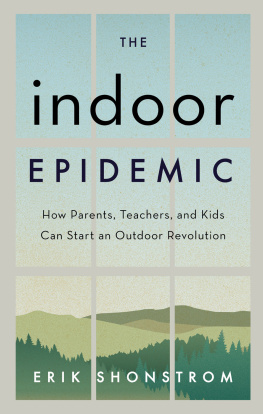
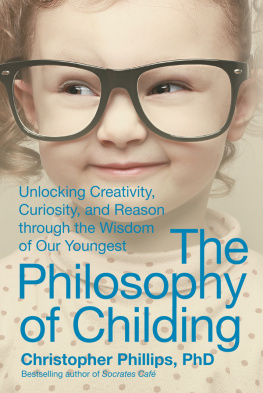
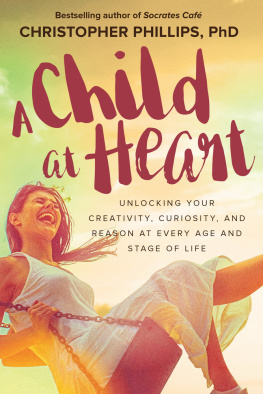
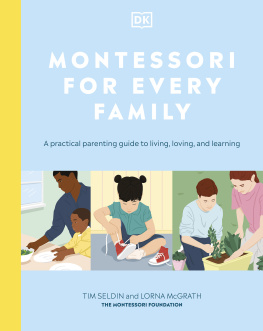
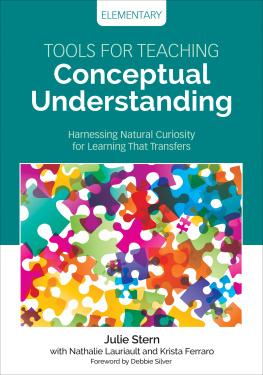
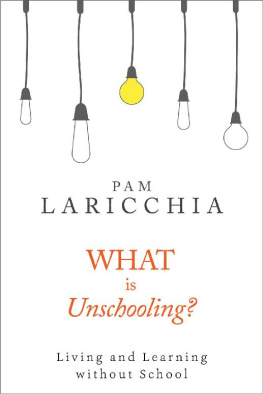
 TM The paper used in this publication meets the minimum requirements of American National Standard for Information Sciences Permanence of Paper for Printed Library Materials, ANSI/NISO Z39.48-1992.
TM The paper used in this publication meets the minimum requirements of American National Standard for Information Sciences Permanence of Paper for Printed Library Materials, ANSI/NISO Z39.48-1992.